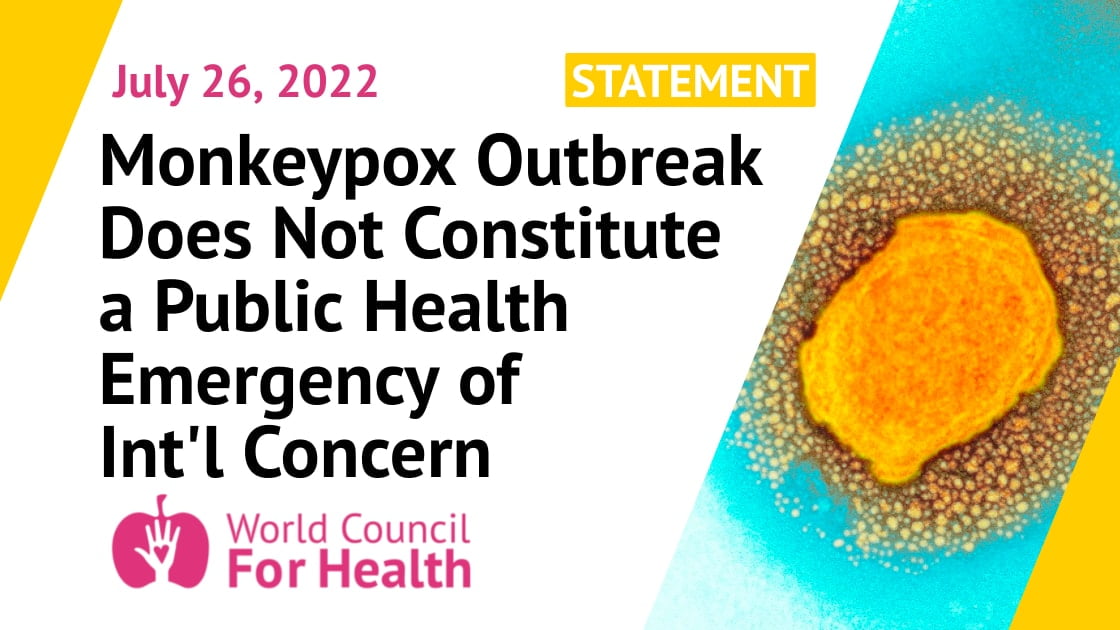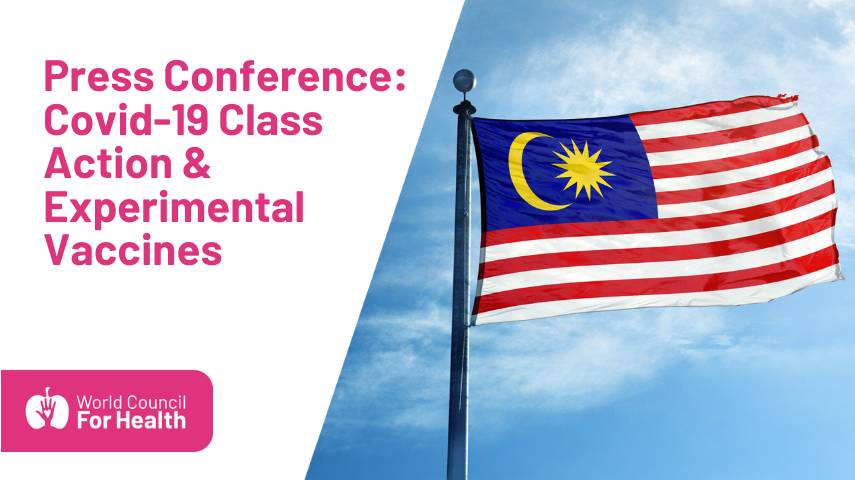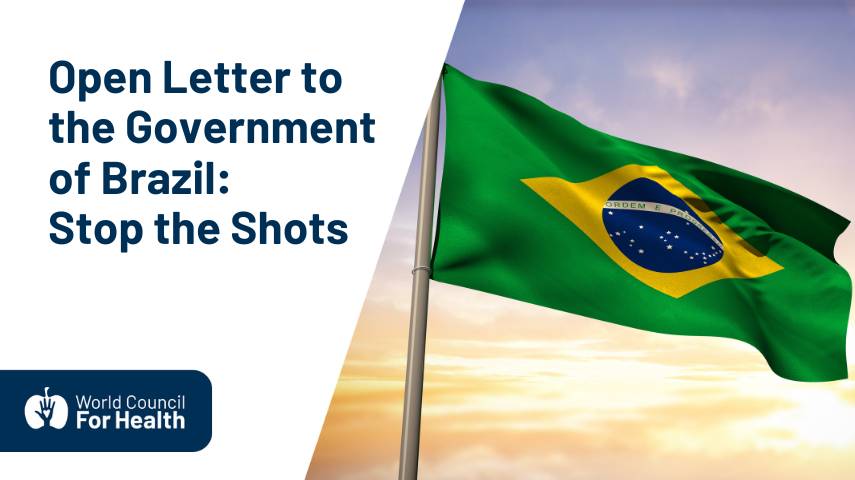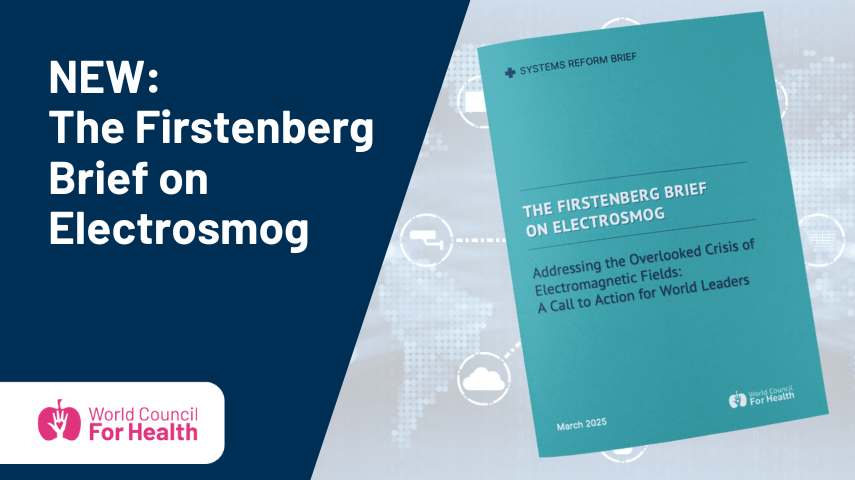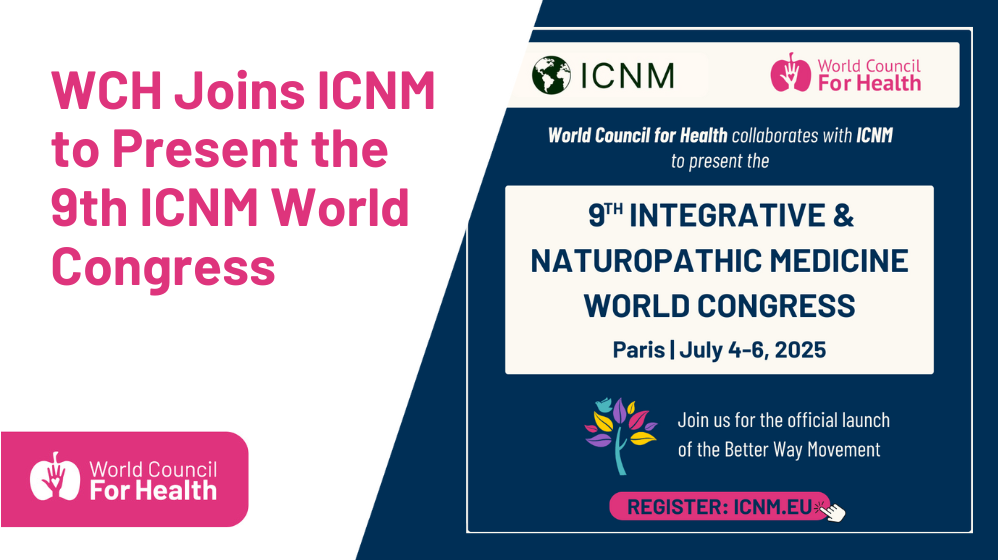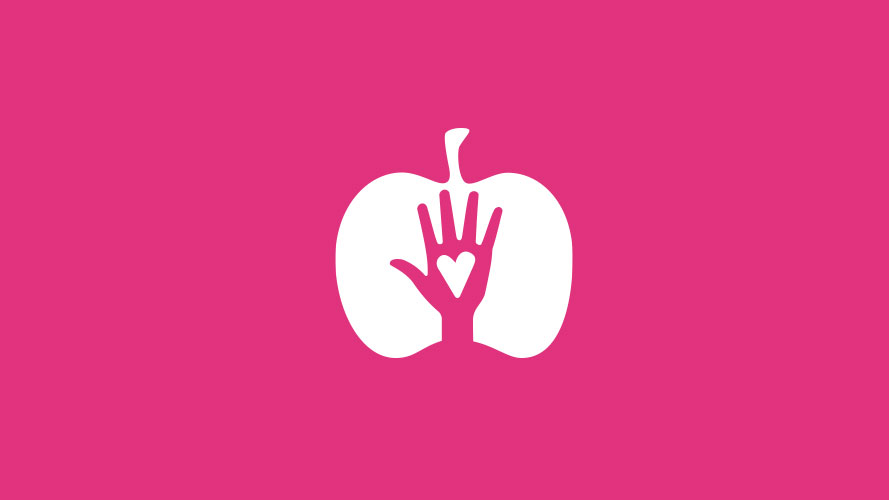On July 22, 2022, World Health Organization (WHO) Director-General Tedros Adhanom Ghebreyesus overruled the majority vote of the WHO expert committee and declared the monkeypox outbreak a public health emergency of international concern (PHEIC).
In June, the committee recommended against declaring a PHEIC but met again this week at the request of the Director-General. At the end of the 7-hour meeting, nine committee members remained against declaring a PHEIC while six were reportedly in favor.
“We have an outbreak that has spread around the world rapidly through new modes of transmission,” Ghebreyesus said during a press briefing in Geneva. “I have decided that the global monkeypox outbreak represents a public health emergency of international concern.”
The overruling of the WHO’s own review panel by the Director-General goes against the WHO’s own decision-making policy and is totally unacceptable, highlighting that the WHO definition of a PHEIC is arbitrary as is its decision-making process.
Currently, it is not clear whether this skin disorder is indeed a monkeypox infection. Lesions shown in the media resemble shingles, herpes simplex virus, and other skin lesions. It is also not clear whether it is occurring in association with the Covid-19 genetic injections, as skin lesions are common with the latter. Independent scientists need access to the full data set on which Tedros and the WHO are basing their declaration of a monkeypox health emergency.
WHO Director-General Tedros Ghebreyesus is an unelected official of an unelected organisation—he does not represent nations nor does he represent people.
Additionally, the World Council for Health notes the serious conflicts of interest within the WHO in relation to its Covid-19 pandemic strategies and advises people to take responsibility for their health and to take no further injections proposed by the WHO at this time.
What is monkeypox?
Monkeypox is a disease caused by the monkeypox virus. It is in the same family of viruses as the virus that causes smallpox. Monkeypox is rare, milder than smallpox, and is rarely fatal.
The virus was first discovered in an outbreak among research monkeys in 1958. In 1970, the first human case was recorded in the Democratic Republic of the Congo. Cases are typically found in central and west Africa or in those having recently traveled to the area.
What are the symptoms?
Typical symptoms include fever, headache, swelling, back pain, and aching muscles. Following the fever, a rash can appear, often first on the face before spreading to other parts of the body. The rash and lesions can be painful and itchy, going through multiple stages before forming a scab that eventually falls off.
Monkeypox infection typically clears up on its own within 14 to 21 days.
How is monkeypox spread?
Monkeypox is spread through close contact via broken skin, the respiratory tract, the eyes, the mouth, and bodily fluids. Transmission via respiratory particles results from prolonged face-to-face contact.
According to new research published July 21 in the New England Journal of Medicine, “Transmission was suspected to have occurred through sexual activity in 95%” of 528 infections observed between April 27 and June 24. It is recommended to abstain from sexual activity if infected.
How is monkeypox treated?
Monkey pox is a self-limiting disease. Treatment may include vitamin D, zinc, N-acetyl cysteine (NAC), selenium, Sarracenia purpurea extract, and nitizoxamide.
